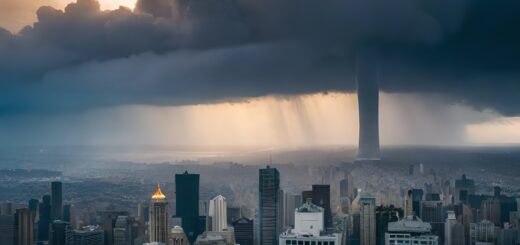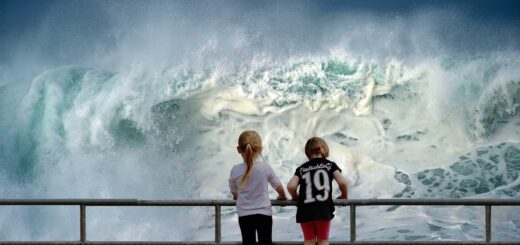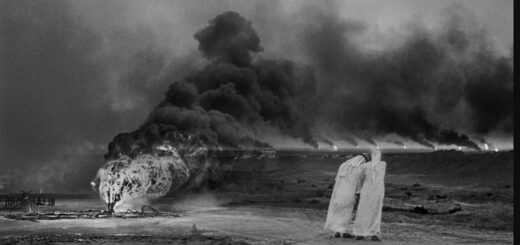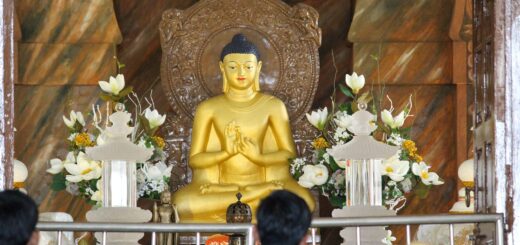Could We Survive the Asteroid that Killed The Dinosaurid
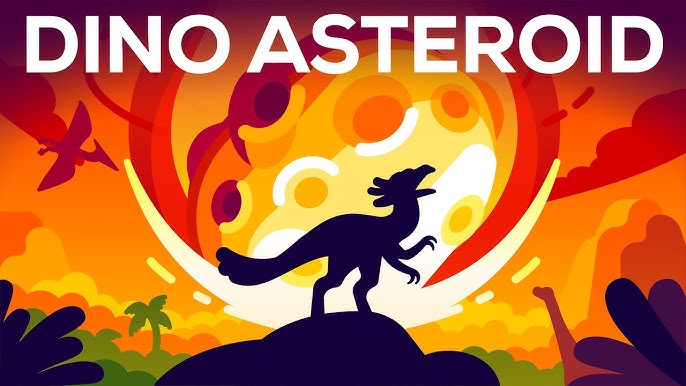
Near about 66 million years ago, the worst day in the history of life was dawning. The killer came from the south, a sharp angle, hurtling toward earth at three times the speed of a bullet the impact carried more explosive power than 10 billion atomic bombs. For over 20 minutes, the entire earth became hotter than a boiling oven. As molten debris rained down, igniting global wildfires the resulting earthquakes are thought to have triggered volcanic eruptions around the globe, blanketing western India. In lava the final blow came as giant clouds of dust shrouded the earth, starving life of sunlight for up to 15 years, charred landscapes turned to frozen ones in the aftermath, 75% of all species went extinct.
Crocodiles
But a lucky few somehow made it through. Crocodiles, which can go months without food, took to the water and were mostly unscathed, feeding off dead matter that washed down river birds with teeth went extinct, but those with beaks used them as multi tools to access hardy food sources like seeds. Most critically, our tiny shrew like mammal ancestors survived by doing what they did best: hiding out in the safety of the shadows.How would we fare compared to them if we faced the same apocalypse? What if the same asteroid struck again in the same place at the same angle? Would humans clinging on or go the way of the dinosaurs?
The Asteroid Strikes Back
In a flash, central America and the southern United States would be vaporized by the blast. A hundred million people would perish within seconds. The sound of the impact alone would be enough to kill anyone standing 1500 kilometers away within minutes, magnitude 9 to 11 earthquakes would ripple across the earth stronger than any in recorded history. Giant 100 meter tall tsunamis would scour the coasts and flood up to a hundred kilometers inland Enough to drown over 3 billion people. The bulk of debris would fall on the United States, putting hundreds of millions more at risk. For anyone far enough away, the quaking would send a violent message to get underground before the molten rains came.
Fallout Shelter
There are millions of fallout shelters scattered around the world, including hundreds of thousands in Switzerland alone and underground cities around the world like Derinkuyu in Turkey, and Nushabad in Iran, could provide safe haven for millions between these and other makeshift shelters like mines and subways, it’s conceivable that billions of people could survive the initial effects of the blast, But even assuming they weren’t destroyed in the violent earthquakes, few of these shelters are designed to be self-sufficient for periods of months or years. Fiery debris and acid rain would fall from the sky for years after the impact, making any open air activity possibly deadly for long periods. Only a small number of high-tech doomsday bunkers built by world governments in the ultra rich would offer long-term protection.
Raven Rock Mountain
The Raven Rock Mountain Complex in Pennsylvania, maintained by the US government, is said to contain three story buildings and its own water reservoirs with enough space to house thousands of people. But the exact contents are unknown to the public. Other major nations are believed to have similar contingency bunkers, making it possible that major world governments would continue to exist, at least in the short term. The ultra-rich have recently taken up citizenship in New Zealand, which is geographically ideal for self-sufficiency, and numerous luxury bunkers have been constructed across the country, some with years of provisions. But the biggest challenge to survival would be the long game. The all consuming dust cloud would cause crops to fail worldwide. Food stocks would eventually deplete, and fresh water sources would become contaminated by poison rain. Famine would become the number one killer with a potential death toll in the billions. But even in this harsh post-impact environment, we could find ways to adapt.
Harvesting Fungi
Some could potentially survive by harvesting fungi which don’t rely directly on sunlight to survive and proliferate wildly after deadly fires. Over time, the climate would swing from cold to hot, as excess carbon dioxide ejected from the blast trapped heat with ingenuity and grit, Small groups could live on, scraping by through a mixture of rationing, scavenging, and attempts at makeshift agriculture. But human existence would be a shadow of what it once was. Without any advanced warning, our hopes would be grim. But what if we knew it was coming? How would we prepare for the unimaginable?
DART Satellite
In September, 2022, NASA’s DART satellite slammed into a tiny asteroid, 11 million kilometers away. The impact was a massive success slowing the asteroid’s orbit by 32 minutes. Both the Hubble and James Webb space telescopes snapped images of the resulting plume of debris, photo evidence that we now have the power to save our planet from catastrophe. But not all space rocks are created equal. The tiny asteroid hit by NASA was only a fraction of the size of the dinosaur killer. This asteroid was over 10 kilometers across larger than Mount Everest. Deflecting a monster like this is a much bigger problem. Impacting them runs the risk of breaking the asteroid into smaller, equally deadly pieces. High explosives could still do the trick if detonated next to the asteroid, knocking it into a new orbit. But more surgical methods might be a safer bet. Some have proposed using lasers to push an object into a new trajectory and out of harm’s way. Others have suggested attaching large solar sails to drag the asteroid into a different orbit.
Astronomers
Thankfully, astronomers have now mapped all asteroids larger than one kilometer inside our solar system, and none appear poised to it Earth anytime soon. And anything coming from the asteroid belt would give us years to prepare a defense. But what if we missed one? We have no catalogue of large asteroids that could come from outside the solar system. They could arrive suddenly at high speeds with very little warning. Whether we had a few months or many years to prepare a deflection mission, we would need a backup plan. Our first move would be to evacuate the Yucatan Peninsula and surrounding areas, sparing millions of lives from the blast.
Self Sustaining
We could then build a series of self-sustaining armored habitats, built to withstand raining meteorites and severe earthquakes. Mine shafts and deep caves could be repurposed into underground cities, powered by nuclear reactors, sustaining vertical farms. Places like Iceland could provide abundant geothermal heat, a renewable energy source, not dependent on the sun, which could supply power until sunlight returned. There are over 20,000 kilometers of subway tunnels around the world. These could be transformed into a network of tunnel cities that could theoretically house over a billion people. A trove of seeds, Livestock, data, and natural resources would be critical to preserve. Fortified vaults could be placed around the world, patiently guarding their treasures, awaiting the uncertain return of their creators.
But the most important resource to save would be water to preserve it from acid rain contamination. Deep water silos could be dug to house vast reservoirs lined with acid resistant materials then sealed to protect from the elements. To grow ample food with limited resources, humans could turn to a strange new type of agriculture:
Algae farming
While not exactly appetising, algae would be the ideal emergency food source. It’s highly efficient, can thrive in low light conditions, and can be farmed vertically with minimal land usage with multiple years to prepare, there would be one last Hail Mary solution to try: to leave earth behind. From a small colony on the moon, a chosen few could watch disaster strike from a safe distance. Unsure if they would ever return. with enough foresight, humans could save billions of lives, and virtually guarantee our long-term survival When the time came to re-emerge, we would come prepared. With genetic and geo-engineering efforts, we could dramatically accelerate the re-growth of the planet the world would never be the same. But just like our mammal ancestors, we would cling on, clearing a path for a prosperous new age of life.

